What is the tolerance range of precision screws?
What is the tolerance range of precision screws?
Service Hotline
+86760-8787 8587We have more than ten years of production experience in the screw industry, the main products are: Yuanbao claw screw caps, countersunk head cross machine screws and bolts, supply hexagonal flange fine thread nuts, H62 copper German standard nuts, hexagonal nuts, GB5780 screws, CNC precision mechanical parts, hexagonal column yin and yang studs, aircraft circuit board pads, casing welding nuts, hand-tightened mesh nuts, piece combination screws, salt spray blue and white round nuts, FPV model aircraft frame nuts, GB1015 rivets, etc. Fasteners, due to the different materials and specifications of the products, the prices are also different, if you need it, please contact us.


Various stainless steel materials have different properties due to their different material contents, so the corrosion resistance is also different. The following is a brief explanation of several commonly used materials: 304 is a universal stainless steel, which is widely used in the production of good requirements. Equipment and components with comprehensive properties (corrosion resistance and formability). 301 stainless steel exhibits obvious work hardening phenomenon during deformation, and is used in various occasions requiring higher strength. 302 stainless steel is essentially a variant of 304 stainless steel with higher carbon content, which can obtain higher strength by cold rolling. 302B is a kind of stainless steel with high silicon content, which has high resistance to high temperature oxidation. 303 and 303Se are free-cutting stainless steels containing sulfur and selenium, respectively, and are used in applications where free-cutting and high surface finish are mainly required. 303Se stainless steel is also used to make parts that require hot upsetting, because under these conditions, this stainless steel has good hot workability. 304L is a lower carbon variant of 304 stainless steel used where welding is required. The lower carbon content minimizes carbide precipitation in the heat-affected zone near the weld, which can lead to intergranular corrosion (weld erosion) of stainless steel in some environments. 304N is a nitrogen-containing stainless steel, and nitrogen is added to increase the strength of the steel. 316 (18Cr-12Ni-2.5Mo) material: due to the addition of Mo, its corrosion resistance, atmospheric corrosion resistance and high temperature strength are particularly good, and can be used under harsh conditions; excellent work hardening (non-magnetic).
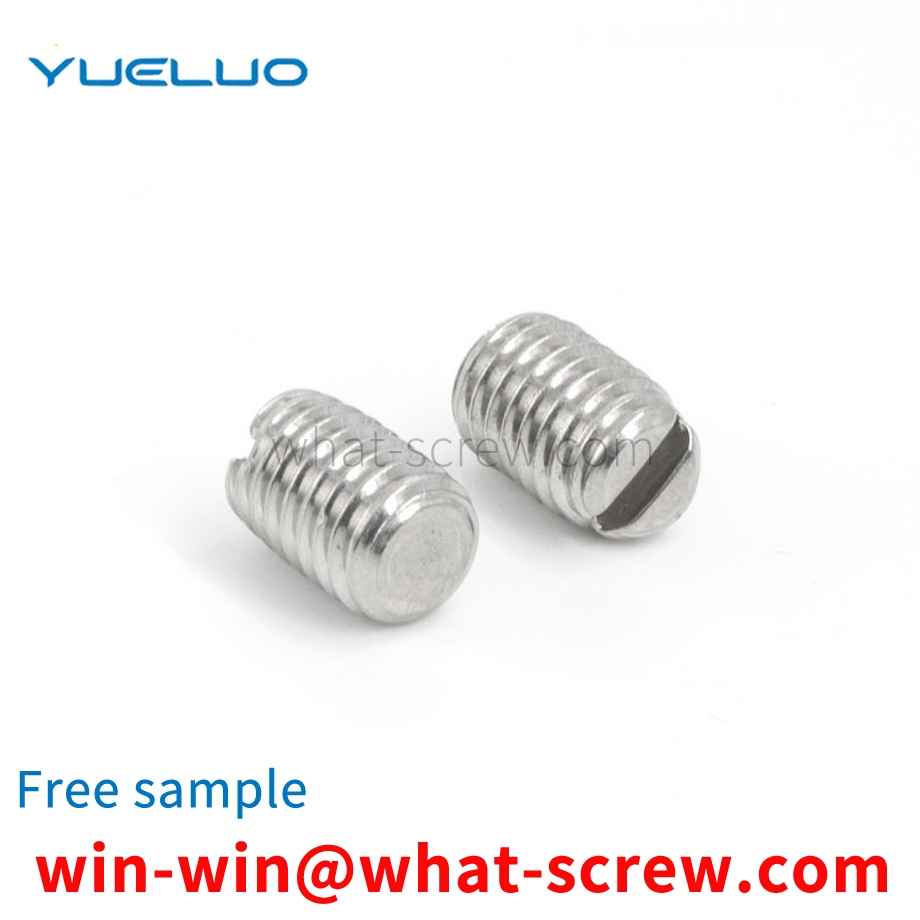
The existing welding stud only has one welding spot on the top surface of the screw head, and the welding stud is relatively long and thick. When welding, the current will be relatively large, so that all the welding spots can be melted to complete the welding process. Because there is only one welding spot, and the welding stud is relatively long and thick, the increase of the current during welding will deform the melting point of the metal plate, which will lead to the penetration of the metal plate, which will lead to the concave and convex welding scars on the back of the welded plate, which will affect the appearance. Only one welding spot is located to be welded with the metal plate. During welding, the uneven parallelism of one spot leads to insufficient stability and a certain slope. It is easy for workers to have insufficient stability and parallelism when operating, resulting in wasted time and high scrap rate. increase.
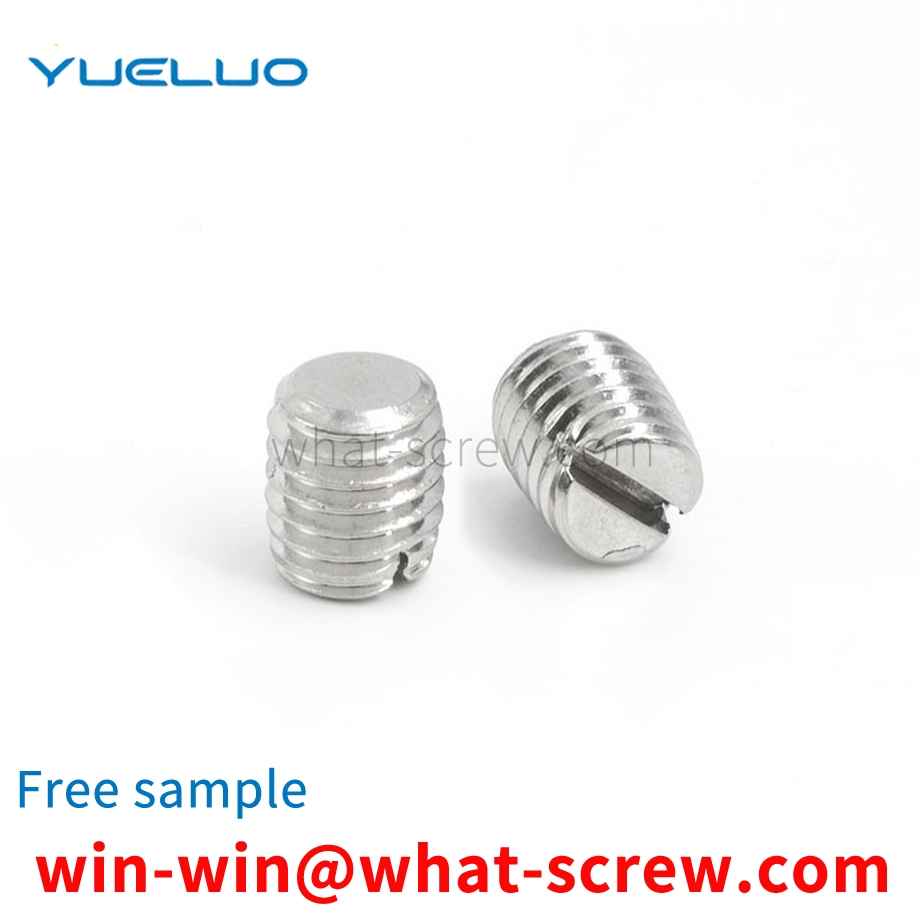
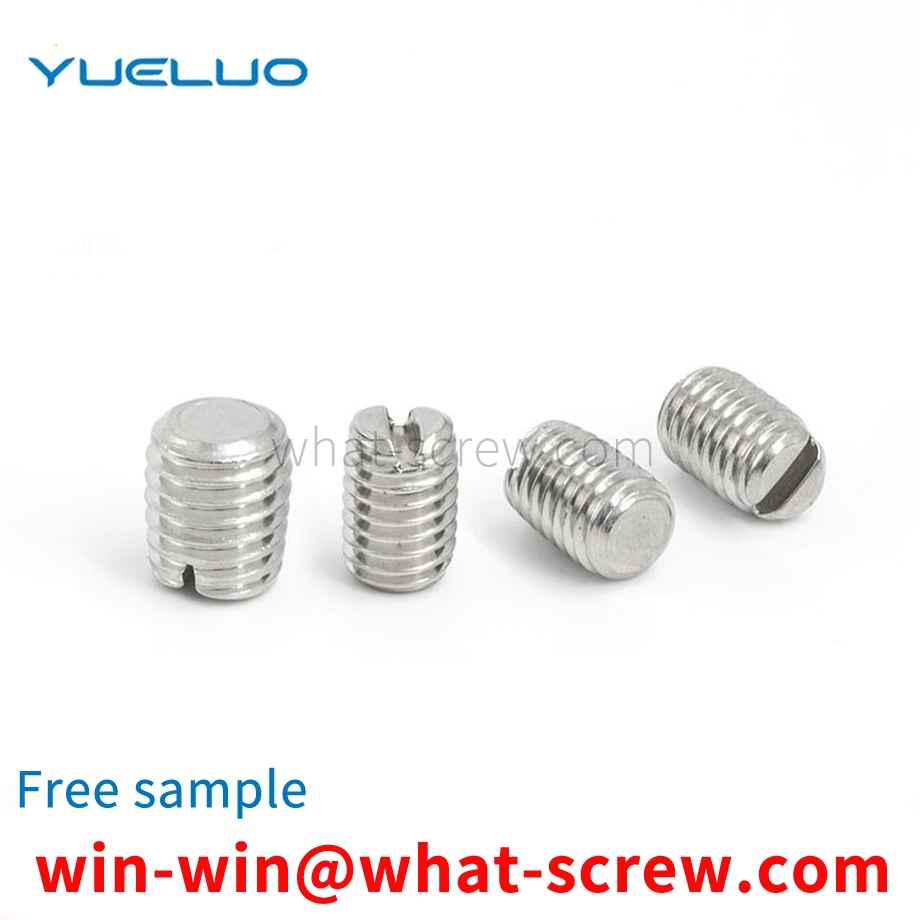
The shaft circlip is a mechanical part installed on the slotted shaft and used as a fixed part for the movement of the hole. The inner diameter of the shaft circlip is slightly smaller than the mounting shaft diameter. When installing the shaft circlip, use the circlip pliers, insert the pliers into the pliers hole of the retaining ring, expand the retaining ring, and then put the shaft circlip into the shaft groove.
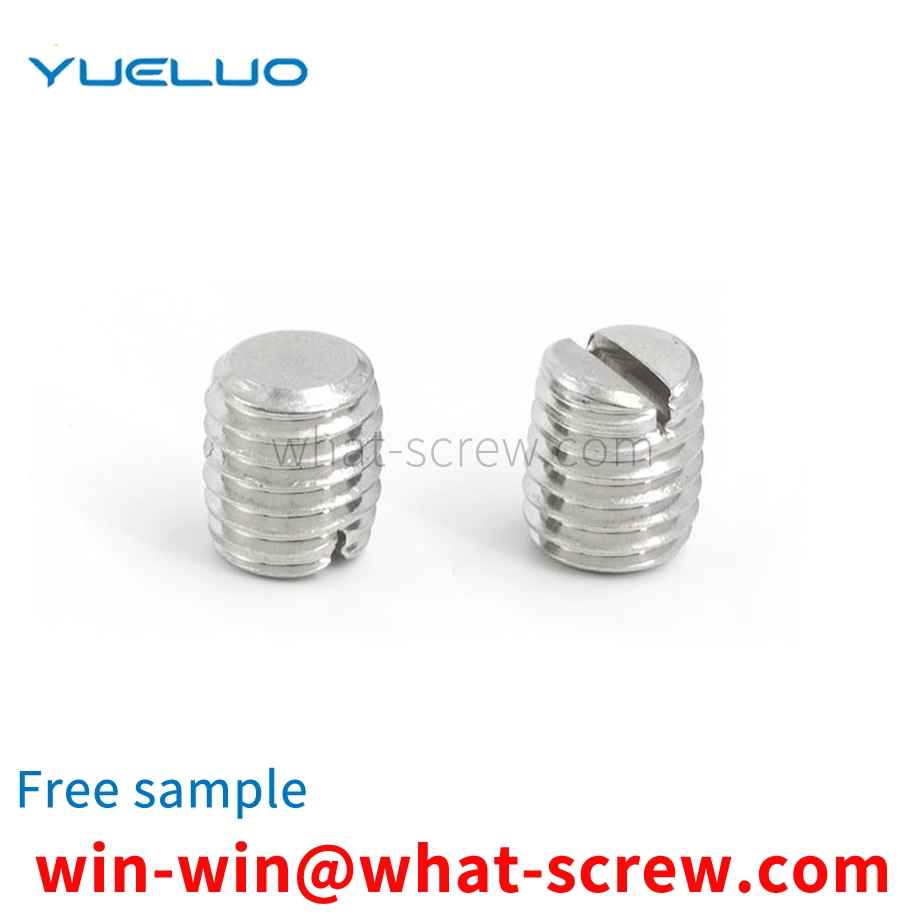
The shear strength of a metal material refers to the ability of the material to withstand shearing force, which refers to the strength of the external force perpendicular to the material axis and shearing the material. The test is usually to install the cylindrical pin into the specified fixture, and the gap between the supporting part and the loading part is required to be no more than 0.15mm, and then force is applied to test the shear strength of the material.
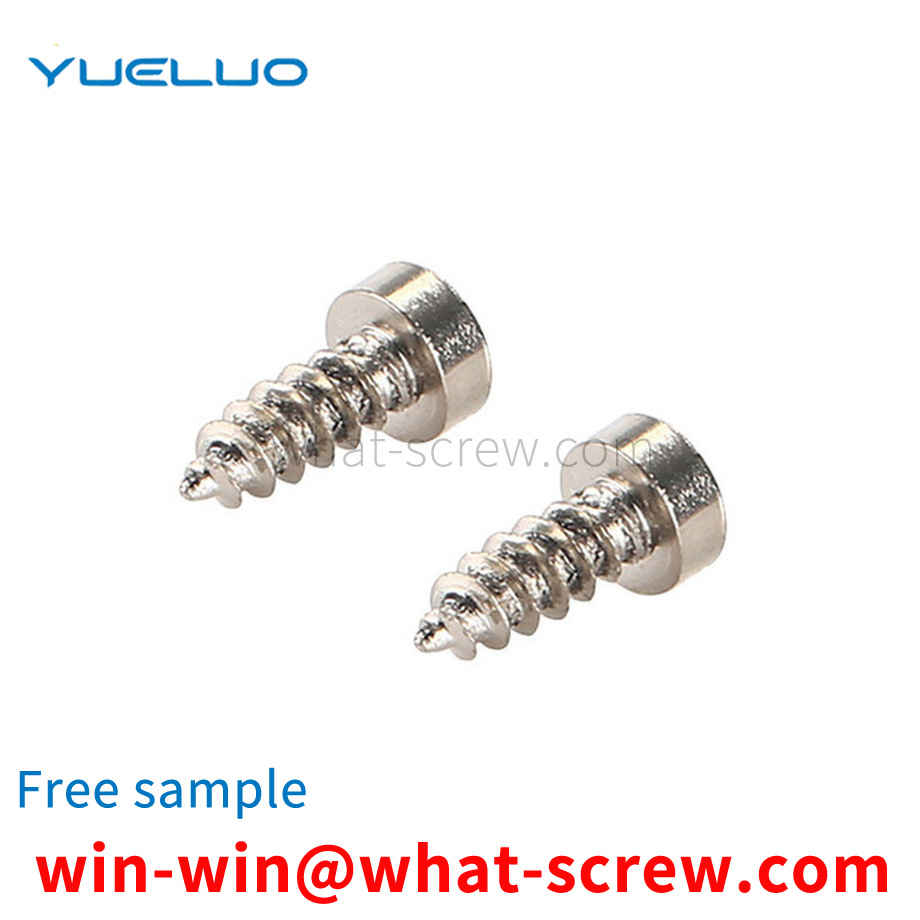
The above content is uploaded by Yueluo or the Internet. If there is any copyright issue, please contact [email protected].

What is the tolerance range of precision screws?

How to choose the right stainless steel screw manufacturer?

Why is there an R angle under the head of the hexagon head s...
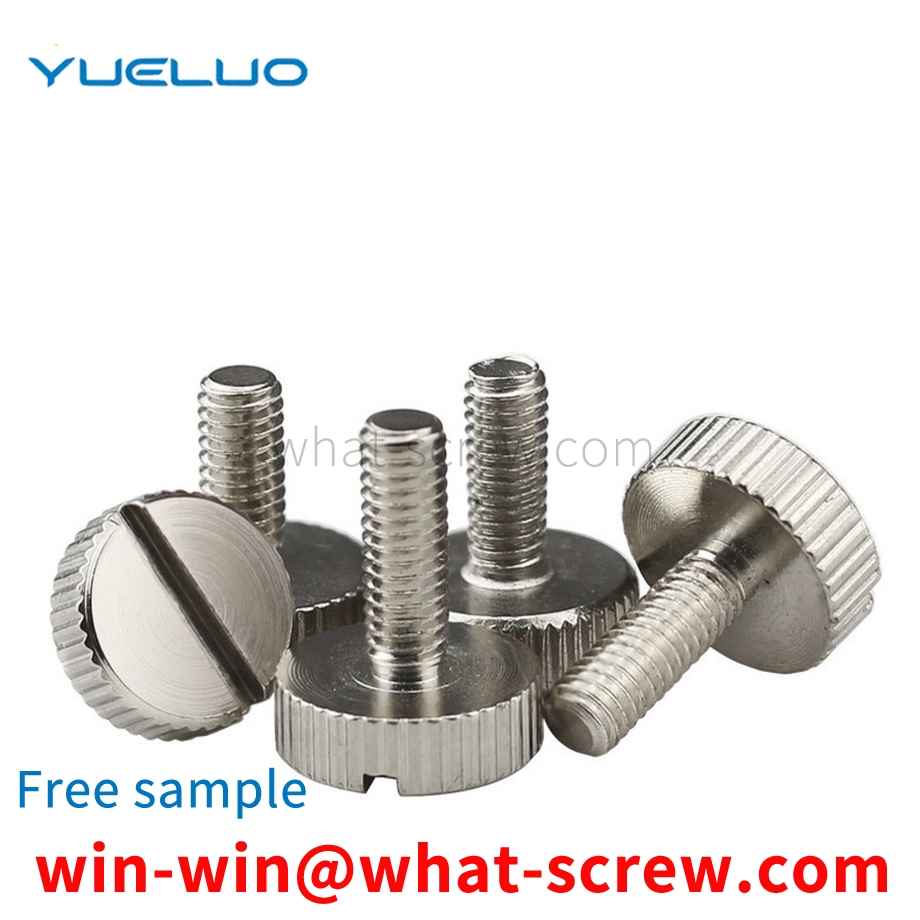
We have more than ten years of production experience in the ...

We have more than ten years of production experience in the ...
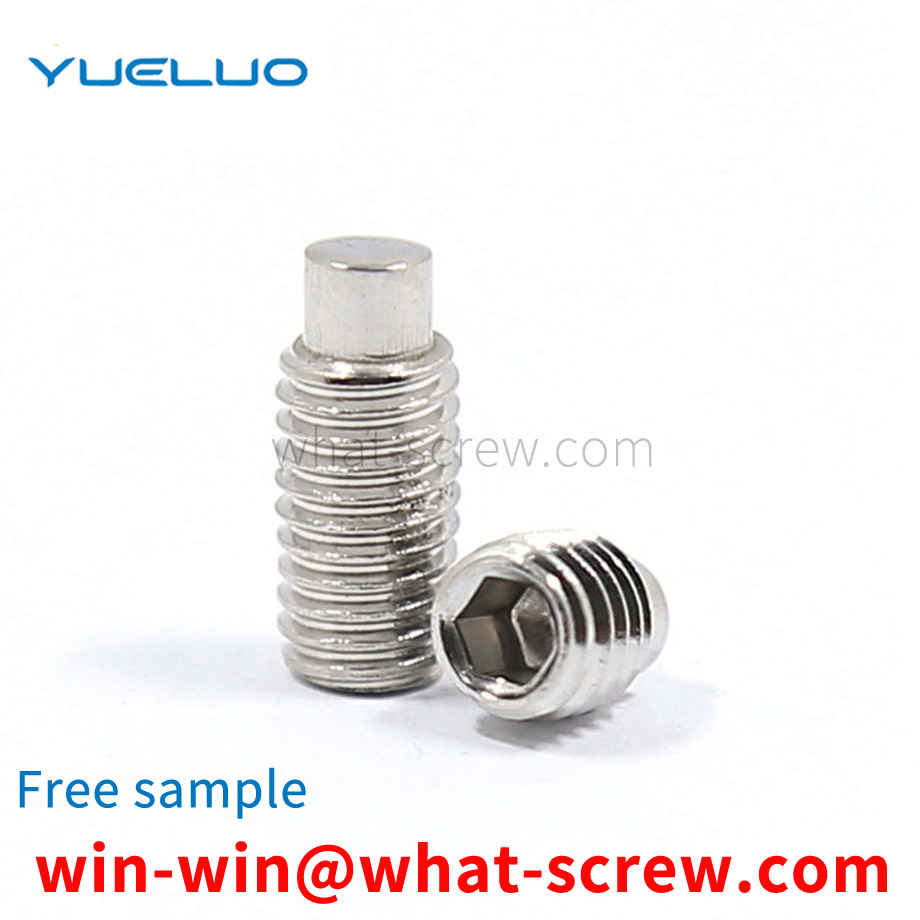
We have more than ten years of production experience in the ...
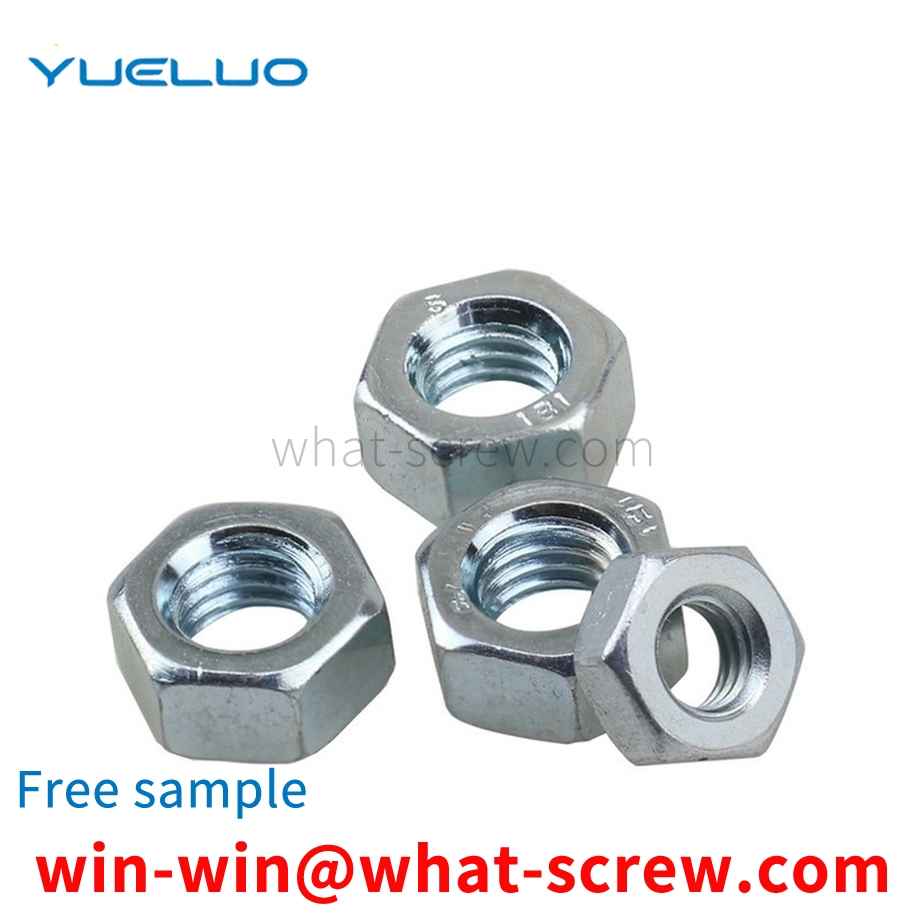
We have more than ten years of production experience in the ...